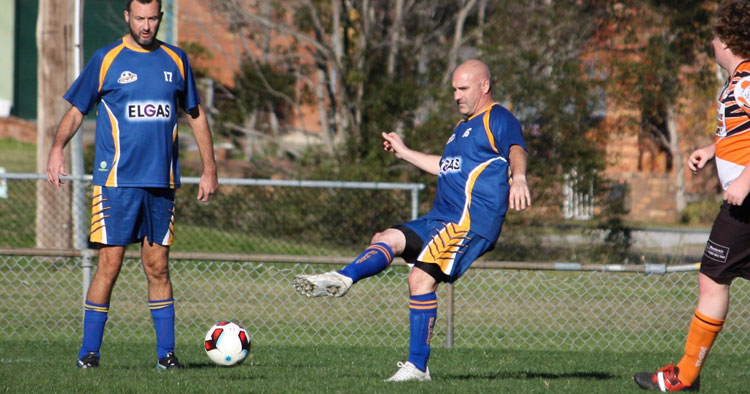Muscle Pain and Tendinopathy, Sports Injuries and Management
Achilles Tendon Rupture Risk Factors
Frequently A Grey Haired Weekend Warrior Injury
An achilles tendon rupture is a fairly common injury where the peak incidence of injury occurs in individuals aged 30-50 yrs old. The cause of injury is commonly the result of playing recreational sports where an achilles tendon rupture is an injury renowned in the medical world for striking down (in full stride) the aging “weekend warrior”. It is an injury more common among men than women and often experienced during sport resulting from forced overstretching of the heel (dorsiflexion), or forceful plantar flexion of the heel (pushing off when accelerating, or jumping) as well as when landing on the toes following coming down from a jump. Certainly in our practice we see age is a risk factor in someone suffering an achilles rupture but since covid-19 and the disruption to organized sport and exercise routines during this time we have seen an increase in younger individuals presenting to our physio practice following rupture. The rationale around this is that the bodies tissues adapt to the load being put through them and when there are extended periods of enforced “unloading” with sports being prohibited etc… then the tissues “decondition” and then following resumption of sport as our post Covid-19 world opens up again these “deconditioned” tissues are suddenly thrust back into all these aggressive activities again without suitable time for adaption and they simply “fail” to cope and with regard to the achilles it ruptures.
Achilles Tendon Anatomy And Function
Your achilles tendon is the strongest tendon in the body, connecting the soleus and gastrocnemius calf muscles the the heel (calcaneal tuberosity). As a unit the Achilles tendon and the calf muscles are the main plantar flexors of the ankle, meaning they are the major contributor to the powerful pushing off action with your toes when running, sprinting, jumping…
Causes Of Achilles Tendon Rupture
In my experience stop-start sports such as netball, soccer, tennis, squash, AFL, rugby… sports that place significant eccentric load on the tendons tend to be the sports with high incidences of achilles tendon rupture. I have both diagnosed and treated several over 30’s athletes involved in these listed sports having suffered an achilles tendon rupture.
It is suggested there are some predisposing factors that can increase the risk of rupturing of the Achilles tendon, including:
- Aging (increasing age)
- Obesity
- Biomechanical variations such as leg length discrepancy are considered to potentially assymetrically load the achilles tendons, flat or high arch foot type and/or poor running biomechanics are other variables.
- Medications such as having had previous local cortisone injection into the tendon may also increase the risk of potential tendon rupture.
However it is in my experience that the greatest risk factor seems to be peaks and troughs in loading behaviours. Where there is a resumption of heavy calf loading activities following a substantial (and sometimes not so substantial) trough in loading for what ever reason. I regularly find that seems to be a common denominator in peoples injury history on questioning following having suffered an achilles rupture.
Disclaimer: Sydney Physio Clinic does not endorse any treatments, procedures, products mentioned. This information is provided as an educational service and is not intended to serve as medical advice. Anyone seeking specific advice or assistance regarding Achilles Tendon Rupture Risk Factors should consult his or her orthopaedic surgeon, general practitioner, sports medicine specialist or physiotherapist.


